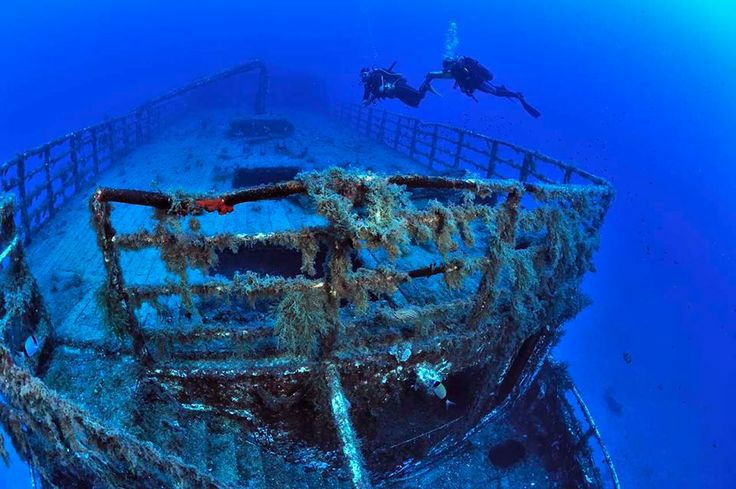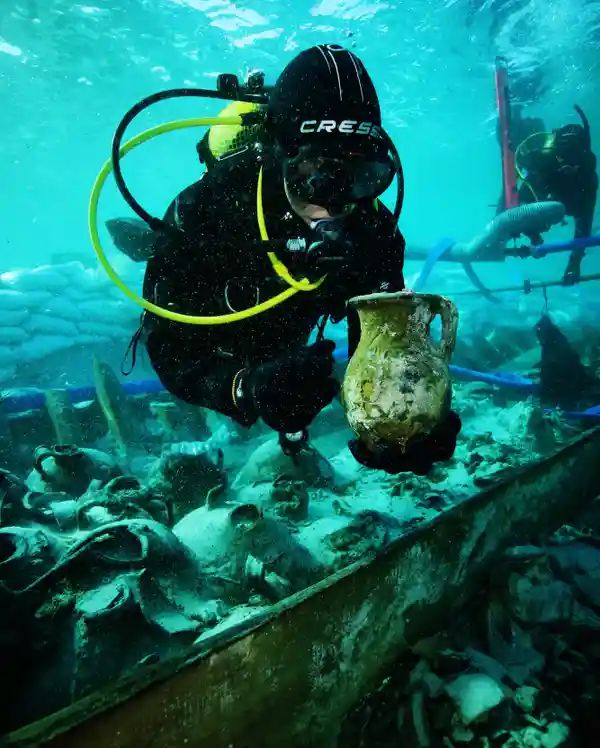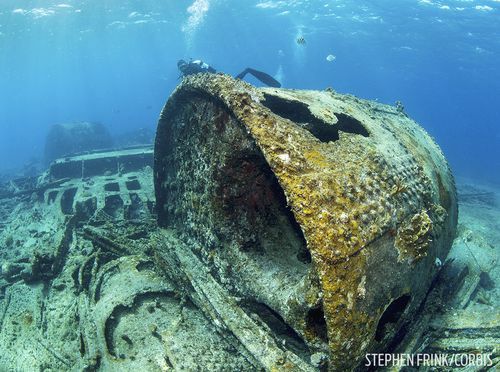The second phase, which occurred in the middle of the 4th century, resulted in the formation of the present-day tongue-shaped structure of the port. Despite its exposure to the sea over time, the shape remains intact. The extensive trade during this period is evident from artifacts found, including items from North Africa.
Notably, the discovery of thirty bronze coins minted during the reigns of emperors Constantine II, Constans, and Constantius II provided valuable insight into the time period. These coins were found 150 centimeters below the present-day seabed level. The archaeologists’ excitement grew when they discovered a wooden board with a metal nail, leading them to hope that a ship might be nearby.


Last year, four squares with an area of four square meters each were excavated at the location, resulting in the discovery of the Roman ship. The vessel, dating to the late 1st or early 2nd century AD, followed the first phase of the port’s construction. This year, the research continued with the collaboration of the German Archaeological Institute, the University of Zadar, and archaeology students. Despite the small team size, the project yielded intriguing results.

The ongoing research promises to reveal more about the ancient family buried in the area 1,800 years ago. The study of the ship and its historical context will provide insights into the importance and wealth of this period. Through international cooperation, further details about the ship and its significance will be unveiled, adding to our understanding of Roman history in Croatia.





